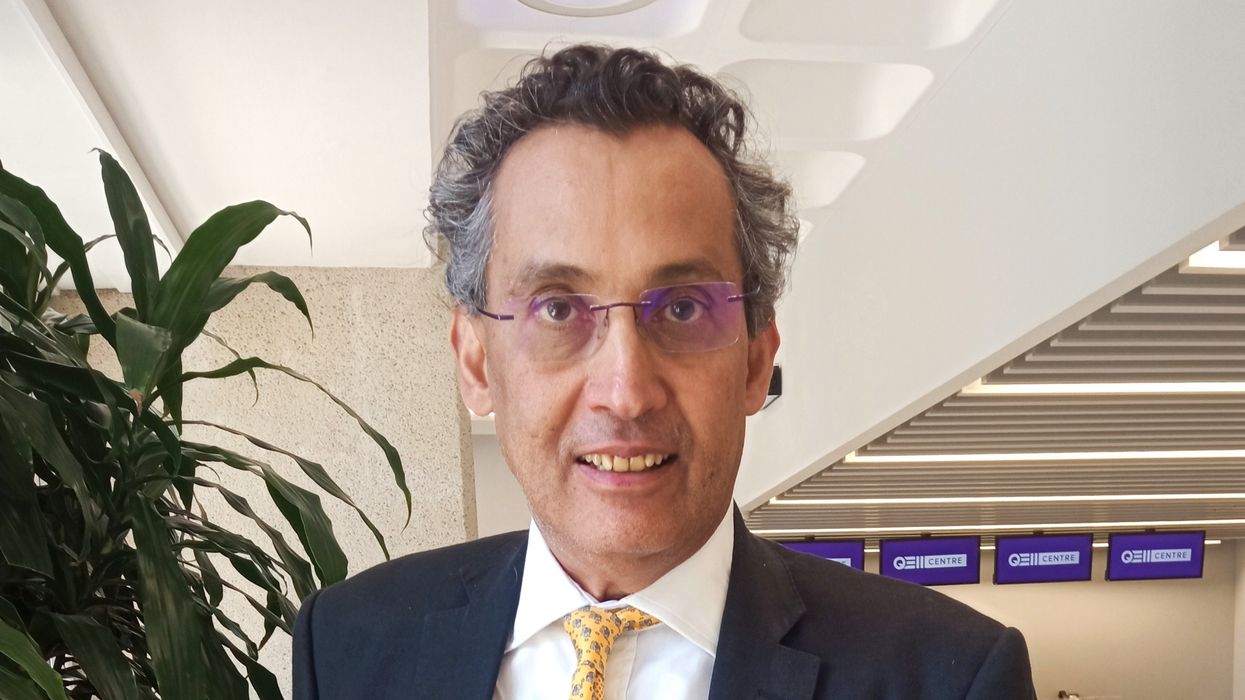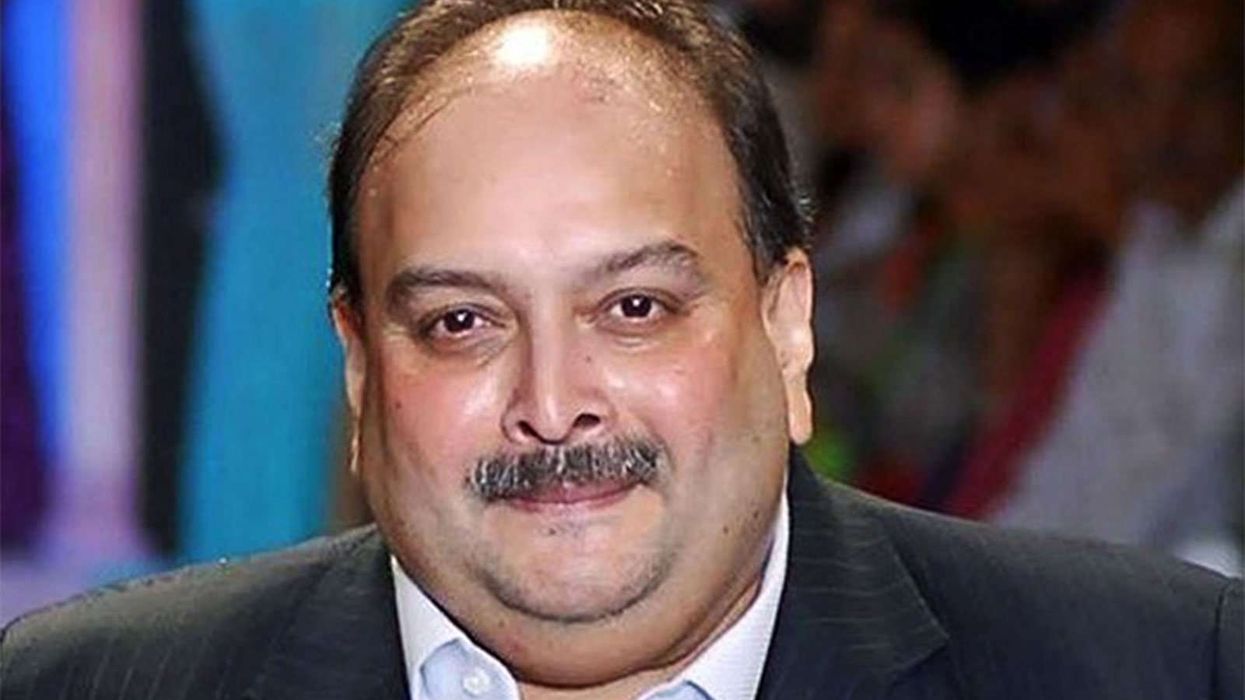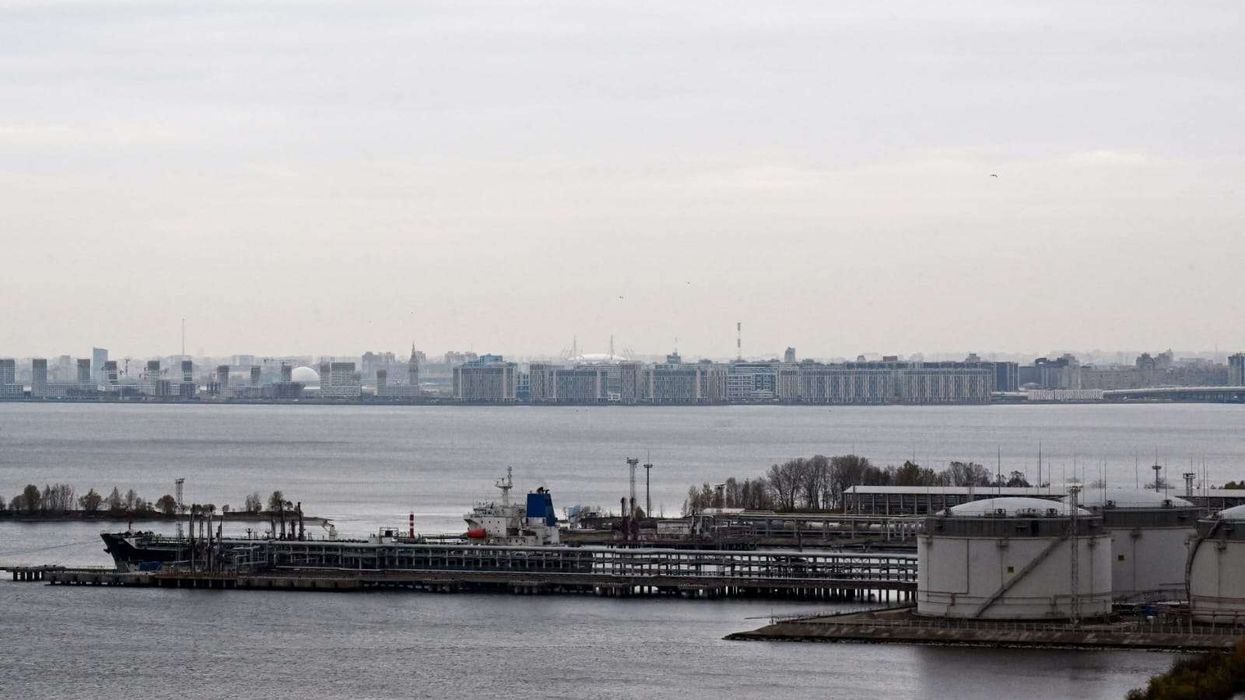INDIAN companies are well placed to support the UK’s economic growth, Eastern Eye has been told by Anuj Chande, partner and head of the South Asia Business Group at Grant Thornton.
He was speaking after the publication of Grant Thornton’s India Meets Britain Tracker 2025: The latest trends in Indian investment in the UK, which was released last week. While companies in India need little encouragement to enter the UK market, the reverse is not true.
Chande noted that small and medium-sized British businesses often remain unaware of the significant opportunities available in India and need more support to explore them.
He suggested that the 2.5 millionstrong British Indian community could play a vital role in helping UK firms understand the potential in India.
Chande said: “Maybe the UK government should appoint British Indian ambassadors to educate people who are not familiar with India that it is actually a great place to invest.”
The problem, he said, was not with large firms such as Tesco, M&S and BT. “If you look at all the big (UK) companies that have invested in India, they have all increased in size. I was told the other day that Tesco, which has a joint venture with Tata, now employs more people in India than in the UK.”
Chande said, in the 35 years he had been working in the UK-India corridor, “there’s not much traffic going from the UK to India. Mid-sized companies are starting to come. What needs to be done is a lot more publicity and coverage. If you take any sector, whether it’s consumer, healthcare, education, engineering or manufacturing, India has something to offer, quite apart from the sheer market size.
“Everyone talks about (India’s population of) 1.4 billion, but if you look in terms of middle-class consumers, it’s probably about 300-500 million, and growing rapidly. The UK is 50-60 million. India is 10 times the size.”
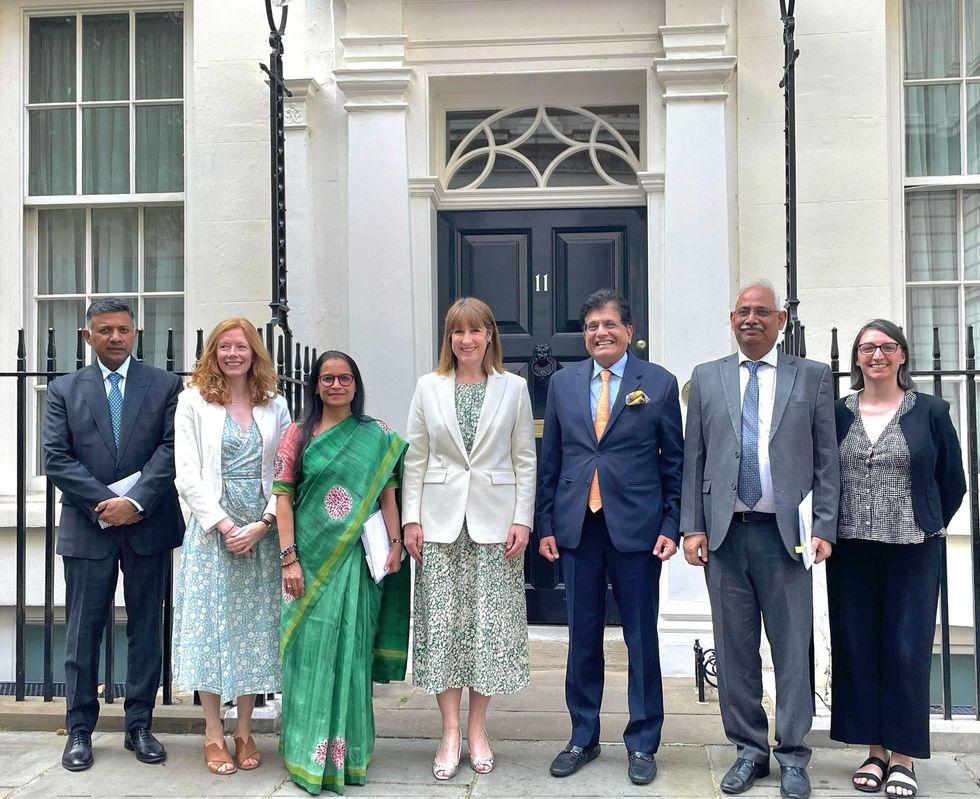
The recently signed UK-India Free Trade Agreement “has opened up the market and there are no significant trade barriers, particularly as the UK domestic market is stagnant, with pedestrian economic growth here. The Department of Business and Trade have a role to play in making UK c o m p a n i e s aware of this opportunity on the back of the FTA.”
Chande spoke of the India Meets Britain Tracker, which is normally done in collaboration with the Confederation of Indian Industry (CII).
“This year we have brought on the IGF (India Global Forum) as a collaboration partner as they are very focused on future trends,” he explained.
A summary of the 2025 report, which Chande outlined at an IGF conference last week, says: “There are now 1,197 Indian-owned companies operating in the UK, an increase of more than 23 per cent on 2024 when 971 were recorded.
“The combined revenues reported by Indian-owned companies in the UK increased to £72.14 billion from £68.09bn in 2024. These businesses employ 126,720 people across the UK and have added over 8,000 new jobs in the past year.
“The proportion of female directors has also increased to 24 per cent from 21 per cent in 2024.
“This year’s listing of the fastest-growing companies also delivers strong results, with 74 companies recording revenue growth of 10 per cent or more. The 2025 Tracker companies achieved an average growth rate of 42 per cent and a combined turnover of £32.6bn. These firms also paid £67.3 million in corporation tax and created more than 56,000 jobs.
“Wipro IT Services UK Societas tops the growth rankings with a 448 per cent revenue surge, followed by a new entrant, corporate IT management firm, Zoho corporation Ltd, which posted 197 per cent growth.
“In terms of the sectors with the most Indian owned firms, the TMT (Technology, Media, and Telecommunications) sector continues to lead, accounting for 31 per cent of Tracker companies. Pharmaceuticals and chemicals hold strong in second place (22 per cent). Notably, financial services rose to 9.5 per cent of Tracker companies – their highest proportion in recent years – driven by the strategic expansion of Indian banks and financial institutions in London’s global finance hub.”
Chande said: “As the recent milestone UK-India Free Trade Agreement highlighted, there is a distinct economic commonality between the UK and India and a mutual desire to trade and invest more with one another. The UK government has said the deal would boost trade by an additional £25.5bn a year by 2040, which will give UK SME’s and corporates much better access to the fastest growing economy and an increasing middle-class population of 300 million plus.”
The tracker has a section called, Barriers to India investment in the UK, listing shifting tax regulations, complex immigration and visa requirements, increasing salary costs, challenges posed by the absence of an India-UK bilateral investment treaty, and market entry complexities.
Chande told the conference of the changes that had occurred in the 10 years since the Indian prime minister Narendra Modi packed out Wembley Stadium with 60,000 people in 2015: “There’s been a 50 per cent increase in the number of Indian companies in the UK. The size of combined turnover has also increased by 50 per cent and the number of employees has gone up by 25 per cent.”
Also present at the conference was Piyush Goyal, India’s commerce and industry minister, and Jonathan Reynolds, secretary of state for business and trade and president of the Board of Trade.
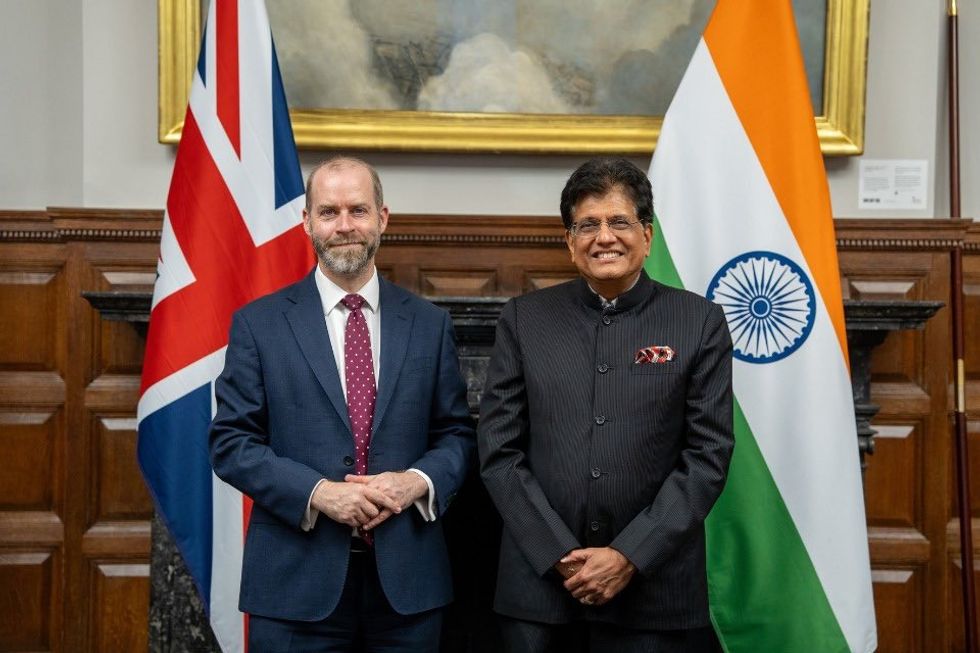
Goyal said: “I think the best way to understand why this (FTA) deal matters for businesses in the UK would be by explaining where the India growth story is heading. We are currently a $4 trillion (£2.9tr) economy, the fifth largest in the world. By the end of calendar 2025, when this year’s numbers come out, we will officially be declared the fourth largest economy. And by 2027, India is slated to become the third largest GDP in the world. “
Second data point I’d like you to recognise is that we are a young country. Our average age is 28.4 years. There’s no comparable country of size and scale with such a young population, expected to continue to be young for the next three decades.
“So, imagine an economy which is growing in US dollar terms, almost by 10 per cent a year, doubling every eight years. By 2047 when we celebrate 100 years of independence, we would have grown from a $4tr (£2.9tr) economy today to a $32tr (£23.7tr) economy.”
Goyal declared: “India is well poised to present to UK businesses a great opportunity. We can help the UK economy grow faster in a very uncertain world, full of volatility, full of uncertainty, full of challenges and crisis. India is an oasis of stability and rapid growth, home to a generally peaceful people who are recognised across the world. We have 40 million Indians across the world, recognised for their talent, for their skill, for the value they add to local economies and for their peaceful nature. They assimilate very well. You have a large Indian diaspora in the UK. You would never have found them wanting in terms of their loyalty to the UK, would never have found them creating any kind of disruption to the peace and harmony of the communities. And that is the strength of India.
